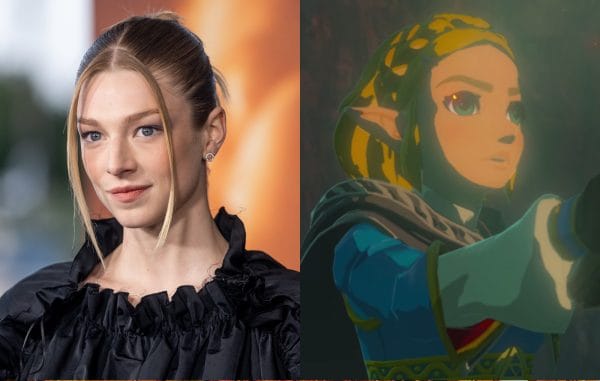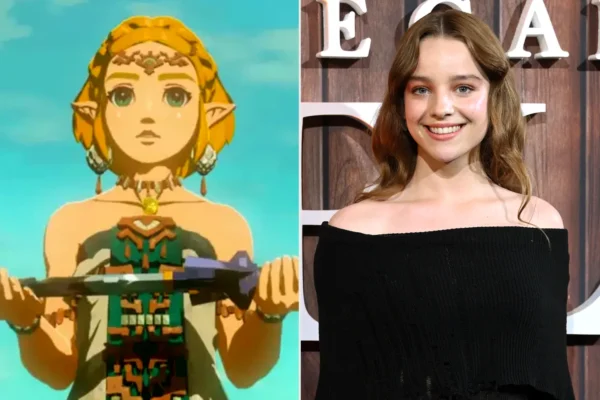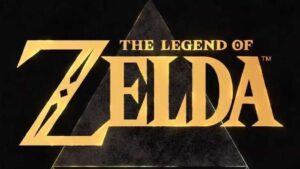If you are a fan of The Legend of Zelda series, you are probably tracking every move Nintendo makes, whether it is the next Zelda title, a Switch Online update, or a new piece of lore. One of the most significant recent shifts at Nintendo is its growing focus on films and video content. According to Shigeru Miyamoto, this move is about preserving the legacy of Nintendo’s beloved characters and worlds.
Here is a breakdown of what he said, what it means for Zelda, and why it matters for fans.
What Miyamoto Actually Said

In an interview tied to the opening of the newly opened Nintendo Museum Kyoto, Miyamoto shared his thoughts on games, intellectual properties, and the longevity of media forms.
He stated:
“Ultimately, what people remember are the IPs. Games become obsolete when new versions replace them. That is incredibly sad.”
He continued,
“We started video production partly because of that sadness, seeing our creations become playable only on Virtual Console. Even making them playable in a museum has its limits, but video content can endure forever.”
A widely shared quote,
“Games eventually stop running when newer versions come out, but films remain forever,”
was later clarified to be a condensed version of his original statement. Miyamoto was not criticizing games but highlighting how older titles often fade away as hardware changes, while films tend to have a longer lifespan.
Why Nintendo Is Making This Move
From a Zelda-centered point of view, here are some key reasons behind Nintendo’s expansion into film:
1. Preserving its IP beyond playable media: Games rely on specific hardware, updates, and digital storefronts. As consoles age, many classics become harder to access. A film, however, can remain easily viewable for decades. Miyamoto views film as a way to immortalize characters like Link, Zelda, and Ganondorf.
2. Broadening the reach of the brand: The Zelda brand is evolving beyond gaming into a multimedia franchise. With a live-action Legend of Zelda movie scheduled for release in 2027, Nintendo is positioning its worlds for a new generation of fans who might first encounter Hyrule in theaters instead of on a console.
3. Keeping Nintendo characters evergreen: Miyamoto’s philosophy of “creating reasons for people to choose Nintendo” is central here. By offering multiple forms of media such as games, films, museums, and theme parks, the company ensures its franchises stay relevant across generations and cultures.
4. Historical preservation and cultural legacy: The context of the museum is important. Nintendo recognizes the challenge of preserving gaming history as technology changes. Film and video provide a medium that can archive stories and characters without relying on outdated systems.
What It Means for Zelda Fans and the Community
For Zelda Central readers and the larger fan community, Miyamoto’s comments carry several implications.
More cross-media Zelda content: The upcoming live-action Legend of Zelda movie means new opportunities to expand the lore of Hyrule beyond the games. It could explore new interpretations of Link and Zelda, introduce cinematic world-building, and bring the series to audiences who have never played a Zelda title.
Preservation and retrospectives: Miyamoto’s remarks align with a broader conversation about preserving classic games. Many older Zelda titles, from The Minish Cap to Four Swords Adventures, are difficult to play today. This is a chance for fans and preservationists to emphasize the importance of keeping these experiences alive.
Merchandise, branding, and fan culture: As Nintendo expands into cinema, fans can expect a wave of new merchandise and collectibles inspired by the film. This complements existing Zelda collectibles and figurines, an area that Zelda Central already celebrates through its detailed galleries.
Adaptation challenges and opportunities: While fans are excited about a Zelda movie, there is also cautious optimism. How will a film capture the essence of a largely silent protagonist like Link? How will it balance action and mythic storytelling? These questions are part of the broader discussion about translating an interactive experience into a cinematic one.
Closing Reflection
For nearly forty years, The Legend of Zelda has defined adventure gaming through exploration, puzzles, and timeless storytelling. Yet as gaming hardware evolves, some of its earliest chapters risk being lost to time. Miyamoto’s vision of using film to “make memories last forever” suggests a new era for Nintendo, one where Hyrule lives not only on cartridges and consoles but also on the big screen.
By embracing cinema, Nintendo is ensuring that even if the tools to play old games fade away, the legacy of Link, Zelda, and the world they inhabit will continue to inspire future generations.






